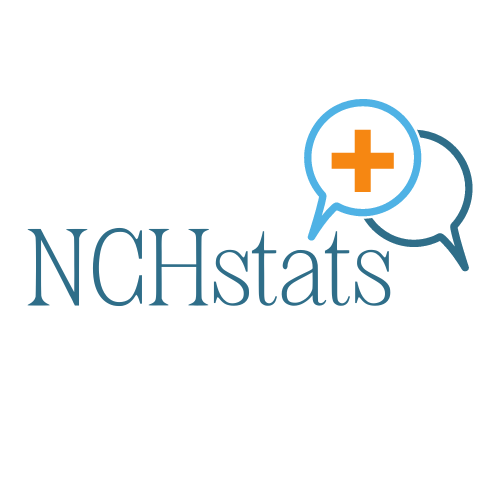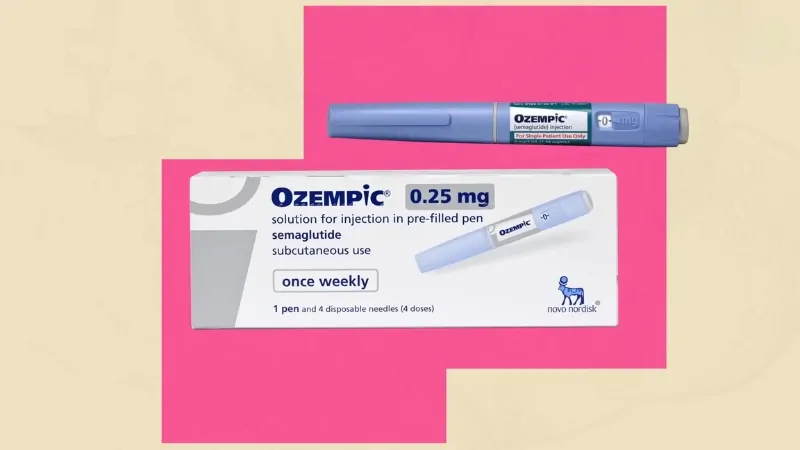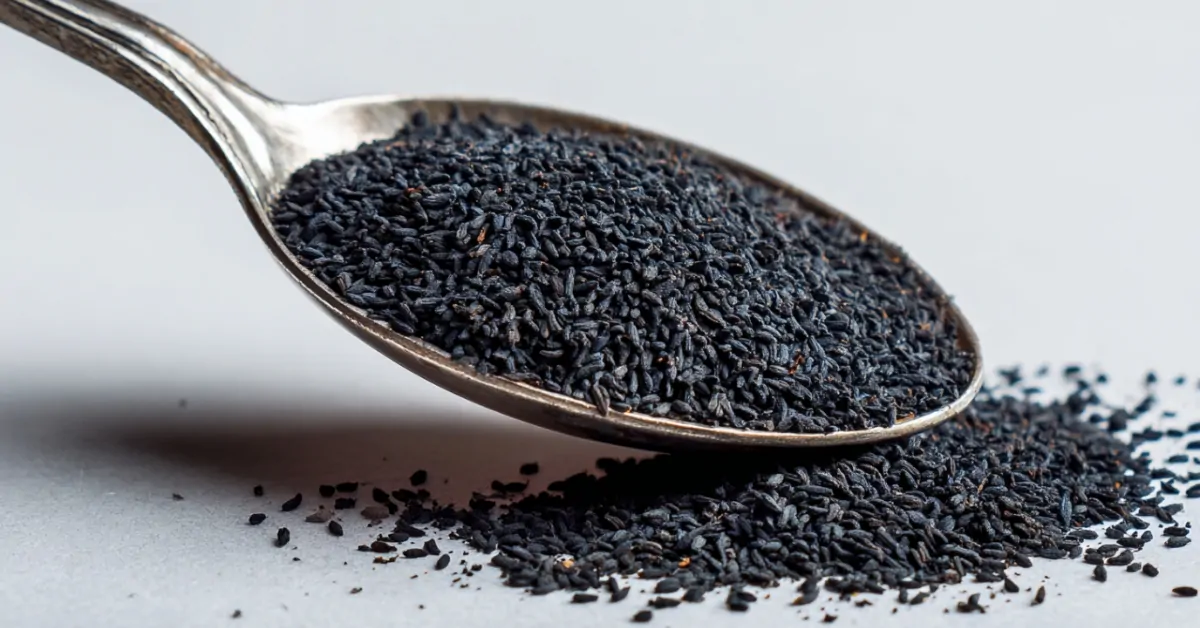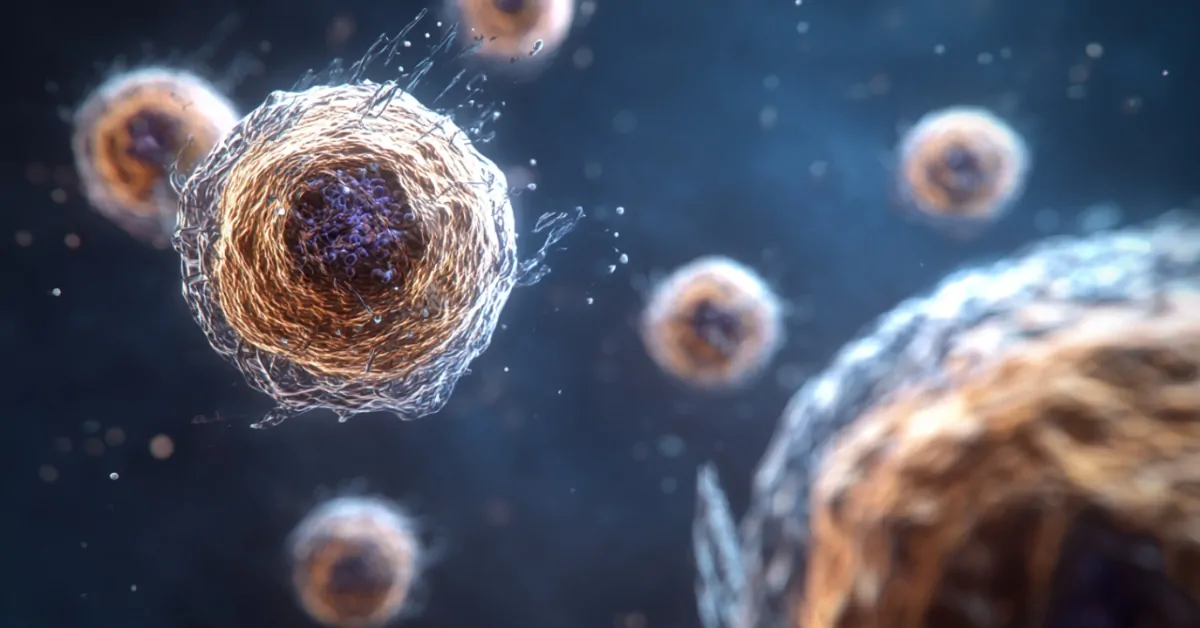For years, GLP-1 drugs like Ozempic and Wegovy have reshaped how we think about appetite, insulin response, and long-term weight management.
The scale of this shift is measurable. Analysts estimate that more than 70 million people worldwide could be eligible for GLP-1 treatment by 2030 based on current obesity and prediabetes rates.
Yet a parallel movement is forming. Researchers are testing natural compounds and food-based interventions that appear to tap the same hormonal pathway used by GLP-1 drugs.
None can match the strength or duration of pharmaceuticals.
Still, early data suggest that diet timing, specific plant compounds, and certain proteins may have a measurable effect on satiety, appetite, and post-meal glucose control.
Table of Contents
ToggleWhy Natural GLP-1 Modulation Matters Now
Treating obesity-related illness will cost $1.2tn a year from 2025, experts warn https://t.co/oEiFVLaG9o
— The Guardian (@guardian) October 9, 2017
The search for food-based GLP-1 boosters is not happening in a vacuum. Health systems are already strained. Obesity related diseases cost the global economy more than 1.4 trillion USD each year, according to the World Obesity Federation.
Meanwhile, insurance coverage for GLP-1 medications remains inconsistent.
A 2025 Gallup survey found that:
- 41 percent of adults believe weight loss drugs should only be covered for diabetes, not for obesity
- 33 percent support full coverage
- 26 percent oppose coverage altogether
In this climate, natural interventions feel more accessible. For lower-income populations, the idea is even more relevant.
The Cairo-based team behind the new review wrote that natural GLP-1 triggers could help communities that cannot afford modern diabetes therapies.
The Science: What Researchers Are Testing

The review from Heliopolis University summarizes several natural compounds that show early promise. These substances do not reproduce the long-lasting effects of semaglutide or tirzepatide.
They may, however, influence the short-lived spikes of endogenous GLP-1 that occur with certain foods.
Natural Compounds Under Study for GLP-1 Modulation
| Natural source | Evidence type | Possible effect | Limitation |
| Whey protein | RCTs in humans | Short-term glucose control and reduced appetite | Benefits last only a few hours |
| Cinnamon | Animal and small human studies | Improved insulin sensitivity | Dose and purity differ widely |
| Ginger | Animal studies and pilot trials | Possible GLP-1 secretion | Human evidence limited |
| Berberine | Human metabolic studies | Better glucose control | GI side effects are common |
| Fermented green tea | Lab and small clinical studies | Potential gut hormone stimulation | Mechanism unclear |
| Dietary fiber | Meta analyses | Better insulin response | Effects vary by fiber type |
Several of these compounds influence the gut and microbiome. Some delay gastric emptying, others change neural signaling between the gut and the brain.
Key Example: Premeal Whey Protein
A controlled trial completed in September 2025 tested whey protein 15 minutes before breakfast and lunch. Only 18 people completed the protocol, but the effect was clear. Participants showed:
- Lower post-meal glucose
- Short-term appetite reduction
- Possible acute GLP-1 elevation
These effects fade quickly, yet the mechanism mirrors the early pathway of GLP-1 drugs.
What Doctors Think: Interest and Caution
A growing number of clinicians say the public enthusiasm for natural GLP-1 modulation is understandable but sometimes misplaced. Surveys from the Endocrine Society in 2024 and 2025 show:
- 62 percent of clinicians say patients now ask about natural Ozempic alternatives
- Only 14 percent believe natural compounds can meaningfully replace pharmaceutical GLP-1 therapies
- 71 percent worry about misinformation linked to self-directed supplementation
Doctors emphasize that most natural compounds show modest metabolic effects rather than sustained weight loss.
What People Think: A Split Between Hope and Skepticism
Public sentiment is divided. Social listening data from 2025 (Brandwatch and Sprout) suggests three common attitudes:
- The hopeful group – They want low-cost, low-risk solutions and believe food timing and plant extracts can be effective.
- The skeptical group – They see natural alternatives as exaggerated or unsupported by large trials.
- The cautious followers – They want to try natural approaches first, then escalate to GLP-1 medication if needed.
Income and insurance access shape these attitudes. In lower-income groups, interest in natural compounds is nearly double.
After reviewing dozens of studies on GLP-1 and natural compounds, my honest view is that there is real value in understanding how food timing and gut signaling influence appetite.
The research is moving faster than ever. However, natural GLP-1 triggers will likely remain supportive tools, not replacements for medication.
They can help stabilize glucose, slightly extend satiety, and support early lifestyle change. But for people with severe obesity or advanced metabolic disease, these methods will not replicate the pharmacological effect.
Still, there is something important here. Food-based interventions can reduce risk in populations that never reach a clinic.
Natural compounds may help people who are prediabetic, or people who cannot afford medication, or people who want incremental improvement without pharmaceutical commitment.
They are not a miracle. But they might become a meaningful layer of metabolic health care that sits between diet and medication.
Final Perspective
Three decades after researchers first infused GLP-1 in a clinical setting, we are only beginning to understand how food, microbiome activity, and gut hormones communicate with the brain.
Natural compounds have a long way to go, yet the data suggests a future where some meals, fiber, and plant molecules can act as small metabolic nudges.
Related Posts:
- One in Four Teens Use ChatGPT for Homework - Experts…
- Thinking About an MSN in Forensic Nursing? Here’s…
- Can the Brain Truly Recover from Addiction? Here’s…
- America Is Moving North Again — Here’s Why the…
- How Many Companies Does Elon Musk Own? Here’s a…
- Can You Really Become a Nurse in Just 12 Months? 5…








